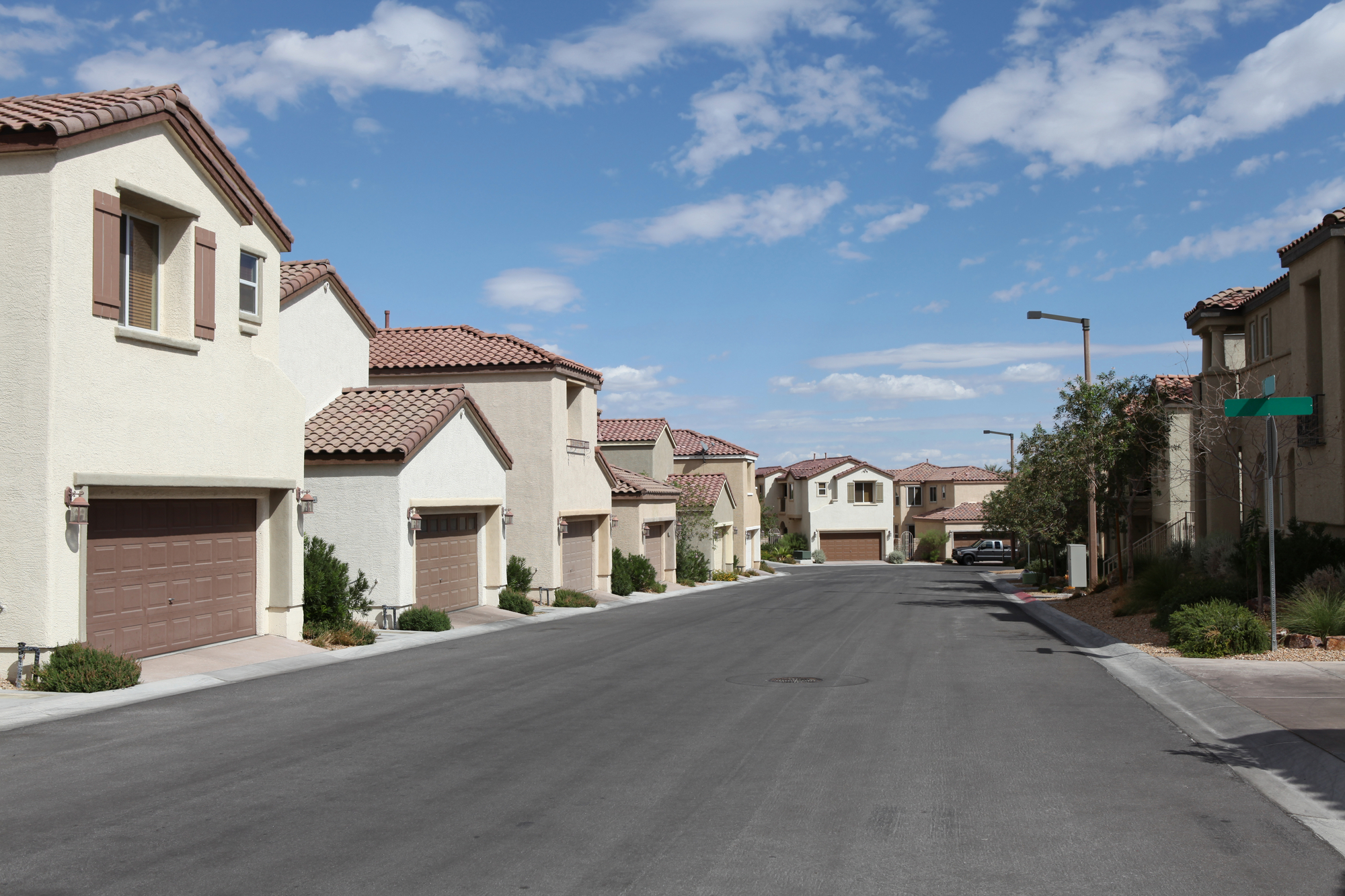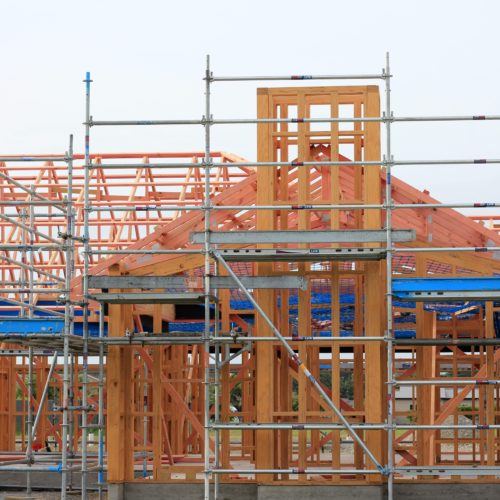
Government Interference at Root of Nevada Housing Shortage
It’s news to practically no one in Nevada that Silver State housing prices have exploded in recent years. Less understood is what’s behind the surge.
The median price for a home sold in Las Vegas in May was $480,000 while the Reno average was $600,000, both increases of more than 20 percent over 2021. It’s become more and more difficult for residents to find a place of their own, whether they want to own or rent.
Among factors behind the rise in prices is a dip in supply. Nevada’s population has grown sharply over the past few decades, but construction has not kept pace.
Home building, in fact, is well below the pace of 20 years ago, when the state had barely 2 million residents. No small part of that is the result of federal policy, as Nevada Policy identified in its recently released report on affordable housing in the Silver State, titled The Construction of a Crisis.
That four of every five acres of Nevada land is owned by the federal government and unavailable for private construction has played a key role in the state’s booming home prices.
 But also contributing to today’s conditions was the Great Recession of 2007-10, which was at least partly caused by government interference in the marketplace. This included implementation of policies intended to promote home ownership, even for people who otherwise wouldn’t have been able to afford it.
But also contributing to today’s conditions was the Great Recession of 2007-10, which was at least partly caused by government interference in the marketplace. This included implementation of policies intended to promote home ownership, even for people who otherwise wouldn’t have been able to afford it.
The Great Recession hit the Silver State particularly hard. A study done in 2010 on housing foreclosure rates showed that Nevada was home to the three locales – Fernley, Las Vegas-Paradise and Pahrump – with the highest foreclosure rates in the country during the previous three years.
Developers and lenders took note of what was happening and slowed construction. At the same time, banks, who lend money to developers, were hit with even more stringent government regulations, increasing costs and reducing their willingness to take on risk. Thus today, we have too many Nevadans chasing too few homes.
There has been a significant decrease in the number of homes built in both Clark and Washoe counties over the past 15 years. This at a time when Clark County’s population has expanded by nearly 900,000 over the past two decades and Washoe County more than 130,000 during the same time. However, construction remains well below what it was 20 years ago.
The downturn of 2007-10 resulted in a dramatic jump in foreclosures. With an abundance of homes suddenly on the market, prices fell. Developers took notice.
Between 2002 and 2006 an average of more than 35,000 new private-structure building permits were issued for the Las Vegas area each year. Since then, new building permits have averaged just under 11,400 annually.
There have been fewer new buildings permitted during the past 15 years than in the five-year span that began in 2002, according to data compiled by the Federal Reserve Bank of St. Louis.
The contrast in Reno during 2002-06 and 2007-2021 isn’t quite as pronounced. An average of 5,128 new private structure building permits were issued for the Reno area between 2002-2006, compared with an average of 2,658 in the past 15 years, the St. Louis Fed reported.
In addition, many banks heavily invested in real estate failed between 2008 and 2011. Nevada had nine bank failures during that period. Regulators applied more rigid rules, which led to surviving institutions being less willing or able to lend to developers interested in building.
Other factors such as mounting permitting expenses, stricter zoning regulations and higher outlays for construction materials have also contributed to mounting home prices.
These circumstances alone would have resulted in higher housing costs for Nevadans, particularly those in quickly growing areas such as Las Vegas and Reno.
But when one adds in that more than 80 percent of all land in Nevada is owned by the federal government it makes a difficult situation much worse.
Businesses exist to make money. If there’s a sharp demand for housing, developers will seek to take advantage by building more homes. But barriers such as a shortage of available land can keep supply down and prices high.
Nevada owns the dubious honor of having the highest percentage of federally owned land of any state in the union. And in Clark County and Washoe County, the two most populated counties in the state, the federal government owns 90 percent and 83 percent of land, respectively.
Even if builders and lenders wanted to substantially boost construction in the Las Vegas and Reno areas, they’re limited because so much land is off the market.
Because the federal government has given no indication of a desire to sell Nevada land under its ownership, it’s likely the state’s shortage of affordable housing will continue. And should there be another market crash as happened in 2007-10, the ultimate result could another drop in production and even higher prices down the road.